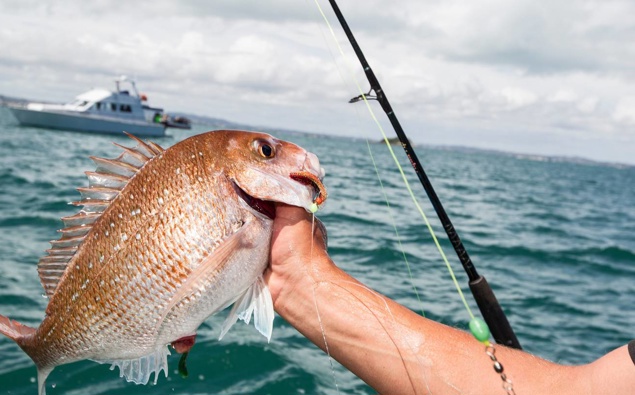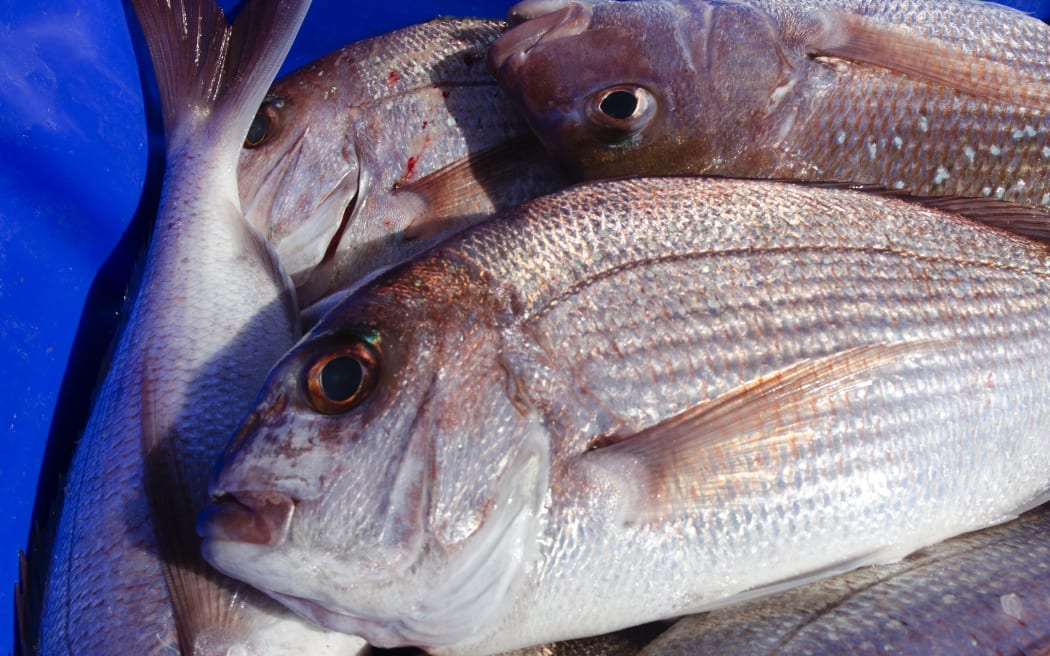Fish with mushy milk-colored flesh have been appearing along New Zealand’s north-east coast. The cause is still unknown and anglers are becoming increasingly wary about the risks of eating such fish.
The mysterious malady was first identified in August, and reports have steadily been increasing ever since.

“This summer is the worst recreational fishers, and our Kai Ika Project filleters have ever seen,” Trish Rea, a fisher and analyst for the non-profit marine restoration group LegaSea, told Newsweek. “On some fishing charter boats there are more fish with milky flesh than without.”
The milky fish have been spotted throughout the Hauraki Gulf Marine Park, which spans 1.2 million hectares off the coast of New Zealand’s North Island.
LegaSea has a special insight into the problem thanks to the work of its partner organization, the Kai Ika Project, which works to filet fish for recreational fishers in the marine park to preserve unwanted fish parts (such as offal and fish heads) and give them back to the local community where they are valued.
Milky flesh fish cannot be distinguished from the outside.
“You can only tell when you cut into them,” Rea said. “But the Kai Ika Project filleters don’t see it in fat, well conditioned fish. If it’s a skinny fish it’s more likely to be a milky fish.
“It’s most common in snapper because that is the most popular fish brought home to eat by fishers on the northeast coast … but we’re also starting to hear about the condition in other species, including kingfish and tarakihi.”
LegaSea said in a post on Facebook that as well as an increase in milky fish reports, they have recently received a number of inquiries about the safety of eating, or even touching, these animals.
It is unclear whether these milky fish pose a threat to humans, but test results are currently not showing any signs of disease or infection. “The government is saying it’s safe to eat,” Rea said. “We haven’t heard anyone getting sick from milky fish, but it’s not desirable.”
Some people believe that the milky fish are males that have recently spawned. “If you catch a male after he’s been spawning he’s limp and he falls sideways because he’s so tired,” Rea said.
“We don’t think it’s spent fish, however, as spent fish flesh is not attractive but it’s still edible. The milky fish our filleters are seeing is like soft, white marshmallow. It feels really bad compared to spent fish. And the problem first started becoming evident in August, before fish started spawning.”
LegaSea believe that the problem is more likely to be due to disruption of the marine habitat by human fishing vessels.
“The one thing these milky fish have in common is that they are poorly conditioned, and the question has to be asked if they’re starving and why. Where has their food gone?
“We see dozens of boats out there trawling the marine park. Between the trawlers and purse seiners [a large wall of netting deployed around an entire area or school of fish] they are removing tonnes of the bait fish that keeps other fish and birds alive.
“This disturbs and unbalances the ecosystem. Trawling creates sediment while also removing seabed organisms, another food source for snapper and other species.”
A report by Auckland council in 2020 on the state of the Hauraki Gulf found commercial fishers are now taking nearly 10,500 tonnes of mackerel from the water, compared to just over 3,000 tonnes before the park was formed in 2000. Mackerel is one of snapper’s favorite foods.
LegaSea has asked fishers to keep an eye out for these milky fish so that scientists and researchers can better understand what is causing it.
“We need to urgently find out what is turning our snapper into marshmallows and find a way to better protect them and the other species in our marine park,” Rea said.









